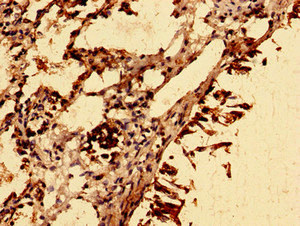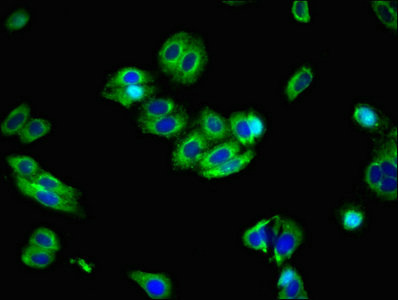Electroneutral transporter of the plasma membrane mediating the cellular uptake of zinc and manganese, two divalent metal cations important for development, tissue homeostasis or immunity. Functions as an energy-dependent symporter, transporting through the membranes an electroneutral complex composed of a divalent metal cation, a bicarbonate and a selenite anion or yet a metal cation and two bicarbonate anions. May also transport iron, mercury and cobalt through membranes. Beside these endogenous cellular substrates, also imports cadmium a non-essential metal which is cytotoxic and carcinogenic. Through zinc import, indirectly regulates the metal-dependent transcription factor MTF1 and the expression of some metalloproteases involved in cartilage catabolism and also probably heart development. Also indirectly regulates the expression of proteins involved in cell morphology and cytoskeleton organization. Indirectly controls innate immune function and inflammatory response by regulating zinc cellular uptake which in turn modulates the expression of genes specific of these processes. Protects, for instance, cells from injury and death at the onset of inflammation. By regulating zinc influx into monocytes also directly modulates their adhesion to endothelial cells and arteries. At the apical membrane of hepatocytes, reclaims manganese from the bile and regulates, through the systemic levels of the nutrient, the activity of manganese-dependent enzymes. Also participates in manganese reabsorption in the proximal tubule of the kidney. By mediating the extracellular uptake of manganese by cells of the blood-brain barrier, may also play a role in the transport of the micronutrient to the brain. Through manganese cellular uptake also participates in mitochondrial proper function. Finally, also probably functions intracellularly, translocating zinc from lysosome to cytosol to indirectly enhance the expression of specific genes during TCR-mediated T cell activation.








